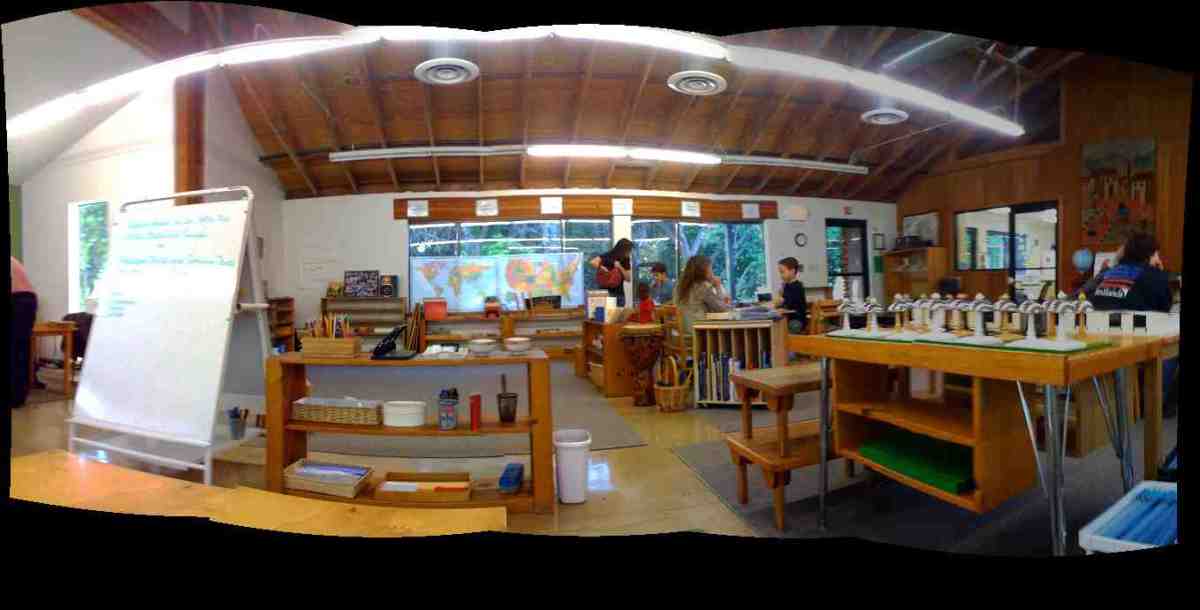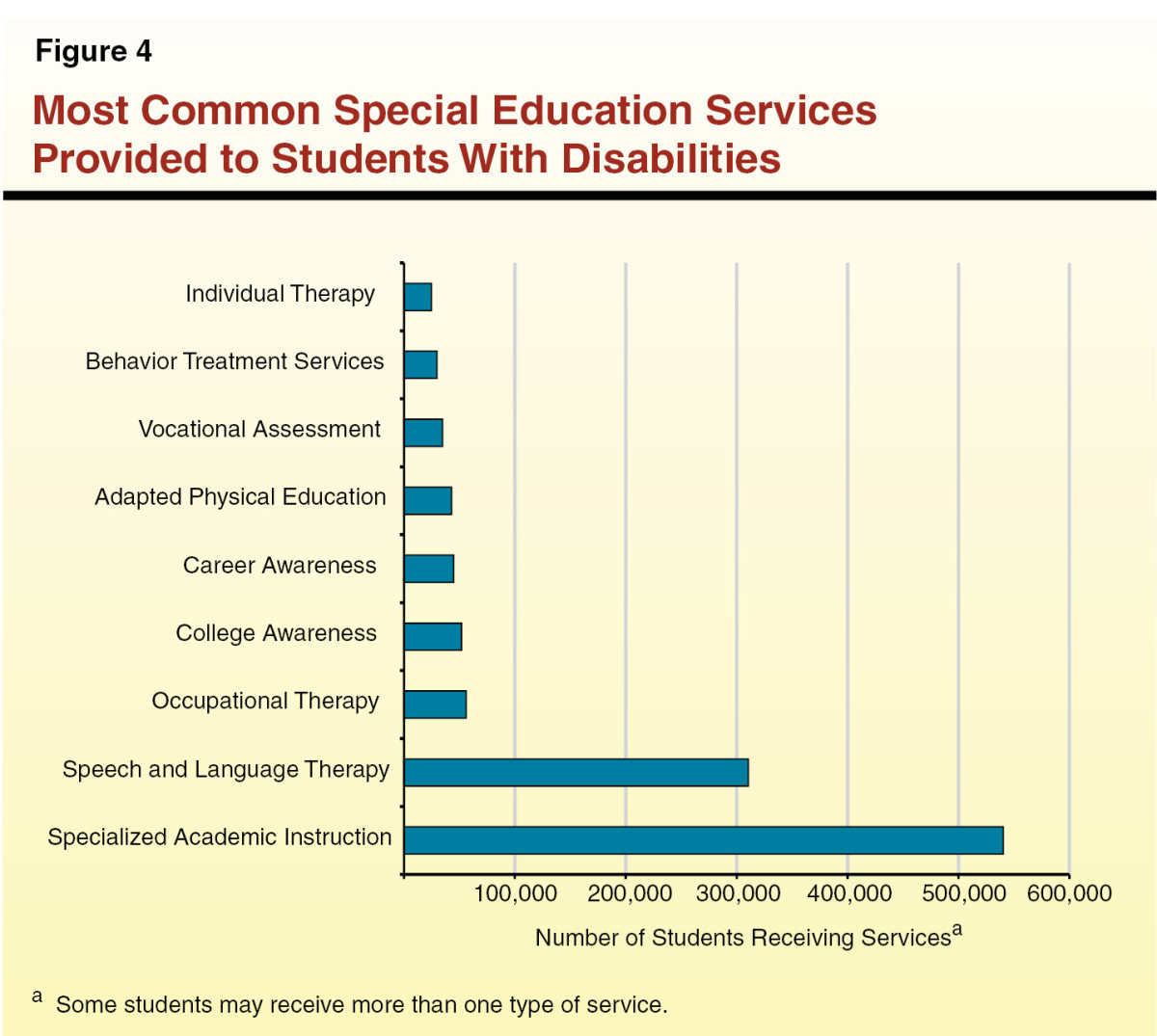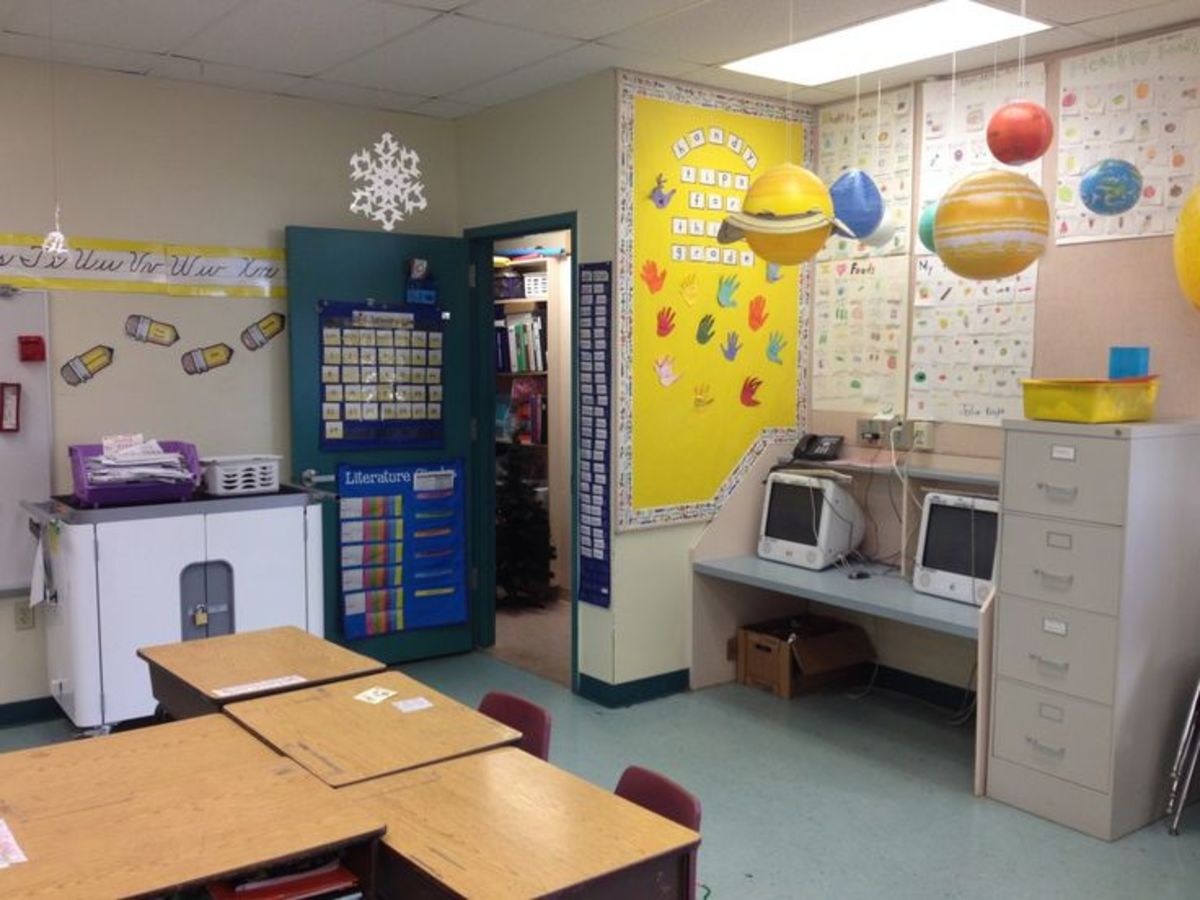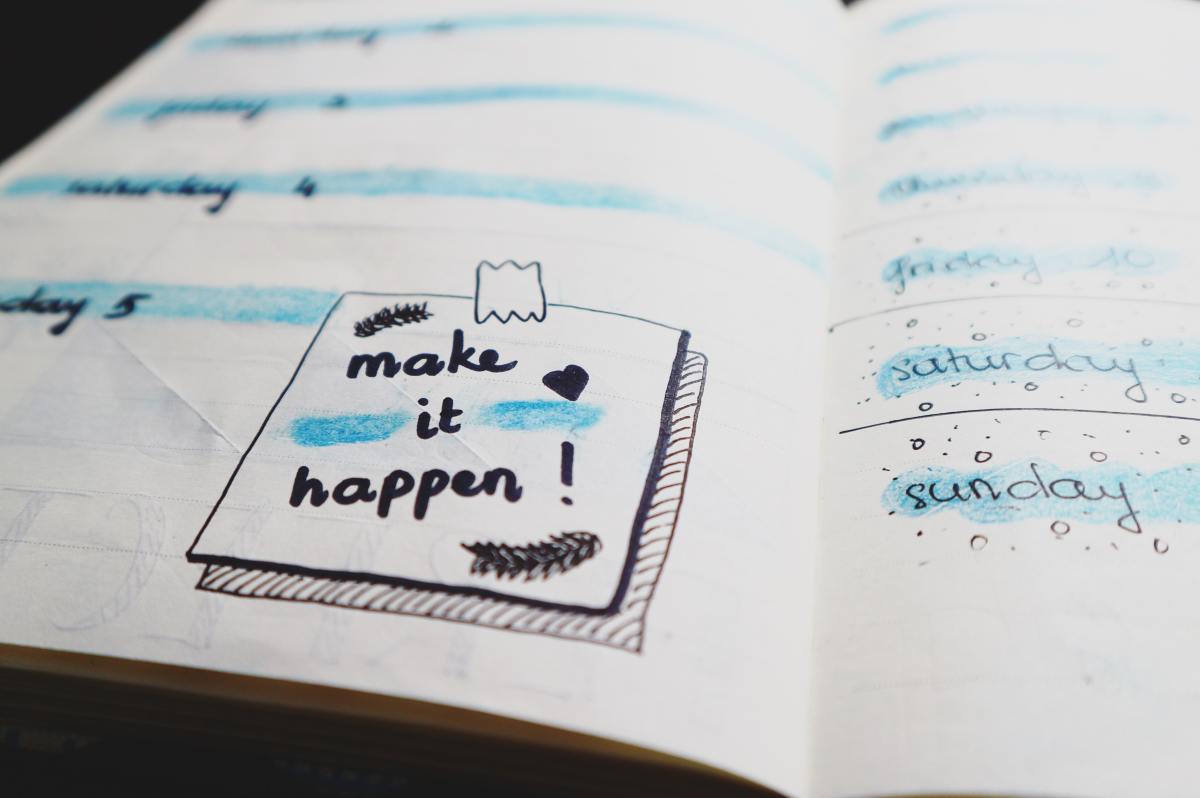Autism & Special Education Strategies
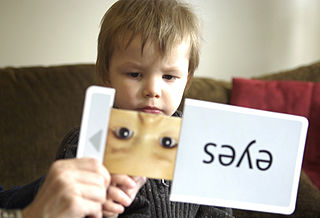
When my son was less than two years old, he was diagnosed by a pediatric psychiatrist with pervasive developmental disorder, not otherwise specified. In other words, he was on the Autism spectrum. By the time he was ready for school at the age of three, the school gave us a diagnosis of Autism, moderate to severe.
At the age of three, believe it or not, your local school district takes over any educational needs for your child, if he or she is diagnosed with autism and it’s determined that special services are needed. These include more than just education; they include speech therapy, physical therapy, and occupational therapy.
The most popular special education strategies, depending on age, include Floortime/DIR, ABA Therapy, social skills education, and TouchMath. On top of that, placement (inclusion or mainstreaming) and any necessary accommodations or modifications to curriculum and standardized testing must be determined.
Dr. Stanley Greenspan, Founder of Floortime, Speaks
Floortime/DIR
Floortime therapy was created by Dr. Stanley Greenspan, a child psychiatrist. It’s based on the Developmental Individual-difference Relationship-based model, and the idea that parents, therapists, and teachers will engage best with children on the spectrum by participating in whatever it is the child wants to do. The central concept behind Floortime is “opening and closing circles of communication.” Each time the child does something and the adult mimics it, the circle has been opened the closed. There are six aims of Floortime: two-way communication, emotional ideas, emotional thinking, complex communication, intimacy (engagement in human relations), and self-regulation and interest in the world. Floortime can be combined with other types of therapy and education.
ABA Therapy and Autism Awareness Month
ABA Therapy
ABA stands for Applied Behavior Analysis. The basic definition of ABA is using positive reinforcement (giving rewards for desired behavior) in order to “bring about meaningful and positive change in behavior.” It began in the 1960s, but at that time, it also included spanking and hitting as part of the method. That is no longer used, obviously, and since the changes have begun, it has become the most popular treatment for Autism. ABA is used in an educational setting to help with basic skills, from looking and listening to imitating to reading to holding conversations. It is used within almost every educational setting, and it is also used with younger children.
Teaching Social Skills
- Social Skills & Autism: Articles for Teachers - TeacherVision.com
The approaches in these articles will help children with autism spectrum disorders build social skills. Use these strategies to prepare kids with autism spectrum disorders for classroom interactions and to promote social development. - Teaching Social Skills to Children with Autism - Lovaas Blog - ABA Treatment for Children with Autis
Teaching Social Skills
One of the major problems that children on the Autism spectrum suffer from is dealing with social situations. Most education strategies used for children on the spectrum include teaching them social skills. In general, five steps are followed in teaching social skills. First, the teacher determines the skill the child needs. It may be something as simple as taking turns in a game. Second, the teacher will use teaching techniques, such as social stories, to explain the situation and how it normally works. Third, the teacher will use peers to role-play and let the student practice the situation. Fourth, the teacher will let the student actually participate in the situation, but in a limited setting. Fifth, and finally, the student is asked to participate in the situation in a regular daily activity.
For example, my son bowls for the Special Olympics. The first step would be determining that he needed to learn how to take turns bowling. The second step would be to read a social story about someone bowling. The third step would be my son playing a version of bowling, even if it was just using some plastic pins and a plastic “bowling” ball. The fourth step would be my son playing at the bowling alley, but with instruction and support. The fifth and final step would be him participating in a game of bowling, such as at the Special Olympics tournament where extra assistance is not allowed.
TouchMath
TouchMath is one of the most popular ways to teach math to Autistic children who are struggling with learning math. As per their website, “students count aloud as they touch the single TouchPoints once and double TouchPoints twice. This multisensory approach engages students on auditory, visual and tactile/kinesthetic levels…Students touch, count, and repeat each problem and answer aloud to reinforce fact mastery.”
"Structured Learning" Autism Classroom
Placement: Inclusion and Mainstreaming
Depending on the student’s level of functioning, they may be placed in a separate (inclusion) classroom with peers who are also handicapped or in the general student population (mainstream). In some cases, students may have an aide accompany them to some classes or all their classes. They may have a “resource room” or an in-class teacher’s aide who is there to provide additional support. The level of support provided varies by school district, grade level, and student’s level of functioning.
Accommodations and Modifications
Finally, some students may need additional help with their studies in the form of accommodations and modifications. Accommodations and modifications can include having a teacher read the test to the student, extra time on the test, visual strategies (such as images instead of words), extra large fonts on tests, the ability to use computers or Alphasmart word processors for note taking, or any number of different changes that can be made to help the student.
Some changes can also deal with the level of work. For example, while one student may learn about how matter changes from liquid to solid through reading a textbook, another student may learn through practical, hands-on experience by making jell-o. Or perhaps while one student may label a map when learning about geography, another student may instead learn how to match the names of countries to names that already exist on the map. It’s a question of the level of ability of the student and how best to teach the student.
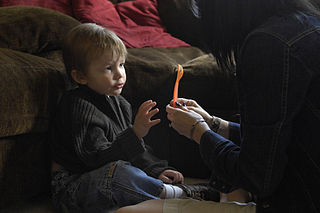
Life Skills
While a lot of parents and teachers don’t like the term “life skills,” they are an important part of special education strategies for some students with Autism. Life skills are often used as a fall-back when educators struggle to teach students, but in many cases, they are necessary and helpful. Life skills refers to such things as learning how to do laundry, dishes, self-care
(bathing, bathroom, etc). For students who are unable to achieve success on an academic level, they may be more suited to learning things to help them succeed and live on their own. They may learn how to do basic skills for jobs to help support themselves.
Floortime/DIR
ABA
- Behavior Analyst Certification Board
The Behavior Analyst Certification Board, Inc. (BACB) is a nonprofit 501(c)(3) corporation established in 1998 to meet professional credentialing needs identified by behavior analysts, governments, and consumers of behavior analysis services. - Association for Behavior Analysis International
The Association for Behavior Analysis is dedicated to promoting the experimental, theoretical, and applied analysis of behavior.... - Association of Professional Behavior Analysts - APBA



